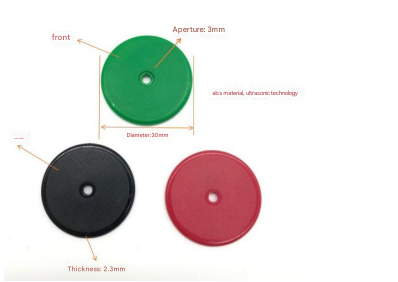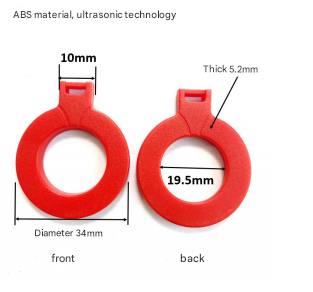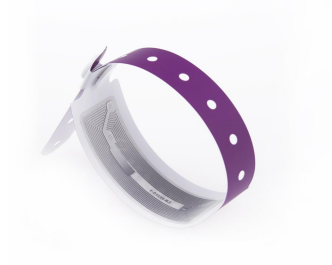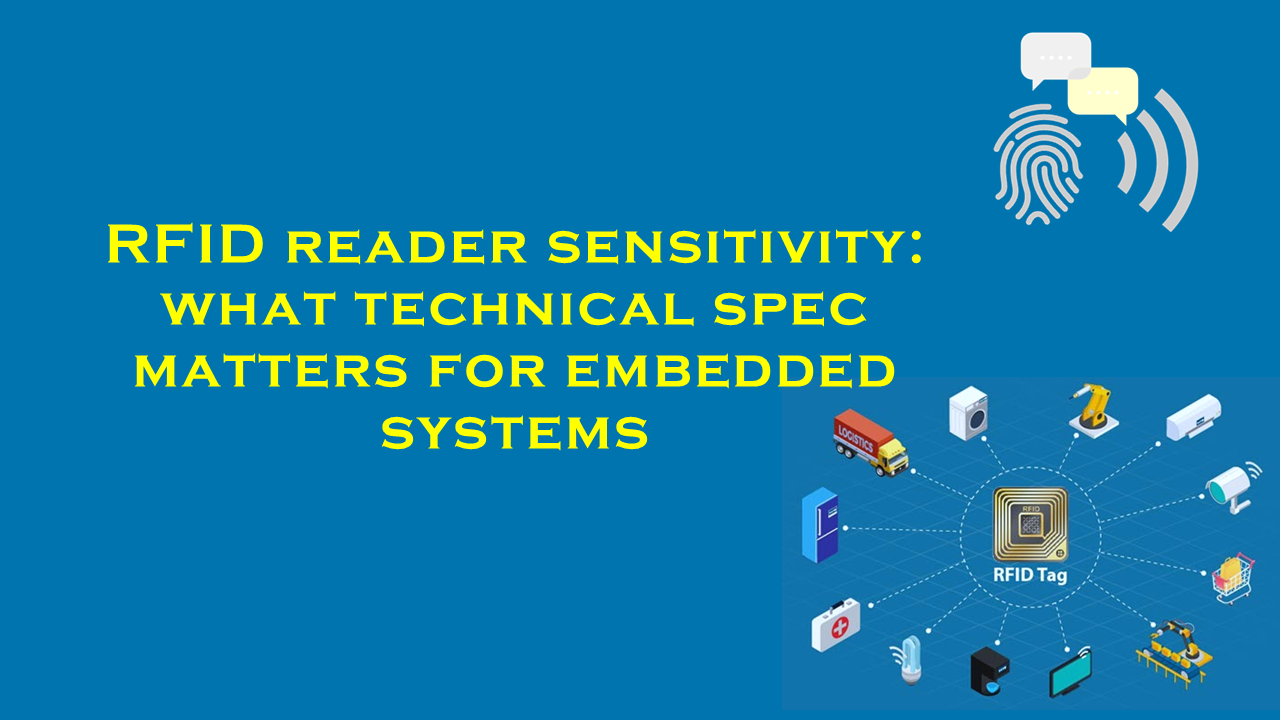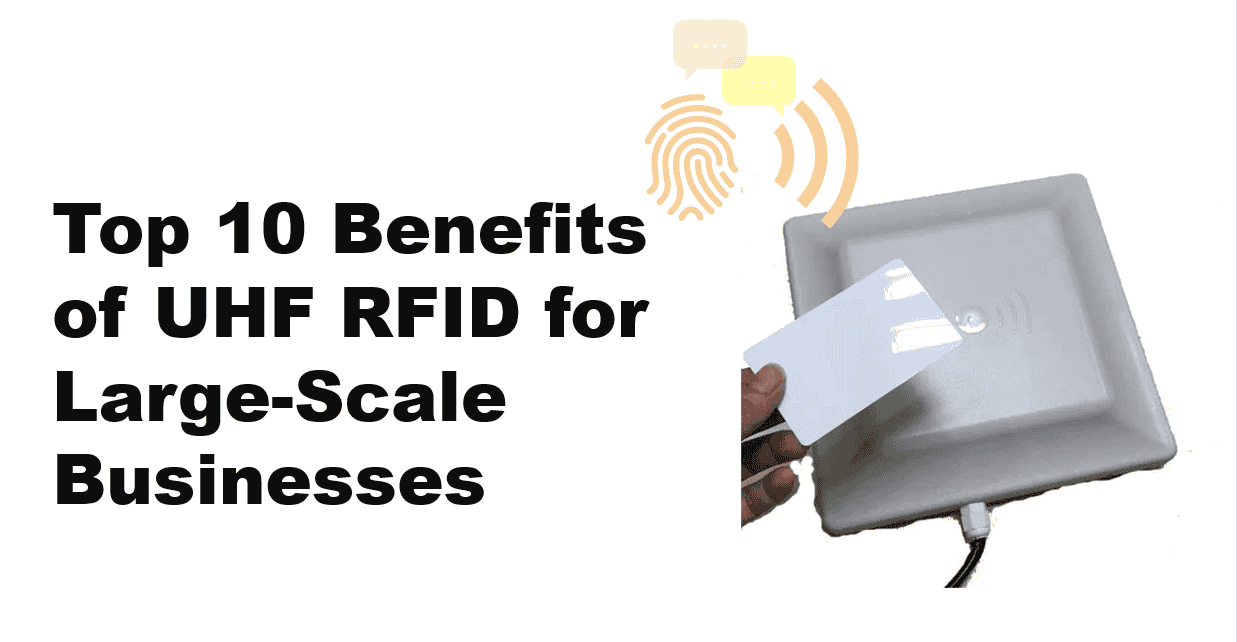RFID or Wi-Fi RTT for emergency personnel indoor positioning

Enhancing Emergency Response: The Role of RFID and Wi-Fi RTT in Indoor Positioning for Emergency Personnel
Introduction
In emergency scenarios, every second counts. For firefighters, paramedics, and search-and-rescue teams, accurate indoor positioning is critical to saving lives. Traditional Global Positioning Systems (GPS) fail indoors due to signal obstruction, leaving first responders reliant on alternative technologies. Radio-Frequency Identification (RFID) and Wi-Fi Round-Trip Time (RTT) have emerged as leading solutions for overcoming these challenges. This article explores their applications, benefits, and limitations in emergency indoor positioning, supported by industry statistics, and highlights purchaserfid.com as a premier supplier of RFID solutions tailored for emergency personnel.
The Challenges of Indoor Positioning
GPS, while effective outdoors, struggles indoors due to walls, ceilings, and interference from electronic devices. Emergency personnel navigating burning buildings, collapsed structures, or large facilities like hospitals need real-time location data to coordinate efforts, track team members, and locate victims efficiently. Indoor positioning systems (IPS) must deliver accuracy, reliability, and rapid deployment to meet these demands.
RFID Technology for Emergency Indoor Positioning
RFID uses electromagnetic fields to automatically identify and track tags attached to objects or personnel. Passive RFID tags, powered by reader signals, are cost-effective and durable, while active tags with batteries offer longer ranges. In emergencies, RFID systems excel in scenarios requiring:
- Real-Time Location Tracking: Tags on firefighters’ gear transmit locations to command centers, enabling precise coordination.
- Victim Identification: Tags embedded in building access cards or wearables help locate trapped individuals.
- Equipment Monitoring: Tracking medical kits or tools ensures resources are deployed efficiently.
Key Advantages:
- Accuracy: RFID can achieve sub-3-meter precision in controlled environments.
- Durability: Rugged tags withstand extreme temperatures, water, and physical stress.
- Scalability: Systems can cover large facilities with minimal infrastructure.
Limitations:
- Line-of-Sight Dependency: Performance may degrade around dense materials.
- Infrastructure Requirements: Fixed readers necessitate pre-installation, though portable units are available for rapid deployment.
Wi-Fi RTT: A Complementary Approach
Wi-Fi RTT, part of the IEEE 802.11mc standard, calculates distances by measuring the time a signal takes to travel between a device and an access point. Integrated into modern Wi-Fi 6 networks, it offers:
- Device Agnosticism: Works with smartphones and IoT devices without specialized hardware.
- Enhanced Privacy: Unlike MAC address tracking, RTT anonymizes user data.
- Accuracy: Typically achieves 1–2 meter precision under optimal conditions.
Emergency Use Cases:
- First Responder Navigation: Integrating RTT with building blueprints guides teams through smoke-filled environments.
- Crowd Management: Monitoring occupant density during evacuations.
Challenges:
- Network Dependency: Requires robust Wi-Fi infrastructure, which may be unavailable in disasters.
- Power Consumption: Continuous use drains device batteries.
RFID vs. Wi-Fi RTT: A Comparative Overview
| Feature | RFID | Wi-Fi RTT |
|---|---|---|
| Accuracy | 1–3 meters | 1–2 meters |
| Infrastructure | Readers, tags | Wi-Fi access points |
| Cost | Low (passive) to moderate (active) | High (requires Wi-Fi 6 upgrade) |
| Deployment Speed | Moderate (portable kits available) | Slow (infrastructure-dependent) |
| Ideal Use Case | High-risk, asset-heavy operations | Smart buildings, urban responses |
While Wi-Fi RTT suits pre-equipped modern buildings, RFID’s durability and flexibility make it preferable for unpredictable environments.
purchaserfid.com: Leading RFID Solutions for Emergency Preparedness
As a trusted supplier in the RFID industry, purchaserfid.com provides cutting-edge solutions tailored for emergency services. Their product lineup includes:
- Ruggedized Active Tags: Designed to endure extreme heat, water, and impact, ensuring reliability in firefighting and disaster zones.
- Portable Reader Kits: Rapid-deployment systems for ad-hoc command centers.
- Custom Software Integration: Real-time dashboards compatible with existing emergency management platforms.
With a focus on interoperability and resilience, purchaserfid.com’s systems are deployed by municipal fire departments and industrial safety teams worldwide. Their expertise in hybrid RFID-Wi-Fi solutions bridges gaps in challenging environments, offering a versatile toolset for first responders.
Industry Statistics and Growth Trends
The indoor positioning market is expanding rapidly, driven by public safety investments:
- A 2023 MarketsandMarkets report projects the IPS market to grow at a 15% CAGR, reaching $23 billion by 2027.
- RFID adoption in healthcare and emergency services has risen by 28% since 2020, per Grand View Research.
- Wi-Fi RTT deployments are increasing in smart cities, with 45% of U.S. fire departments piloting the technology in 2022 (National Fire Protection Association).
These trends underscore the critical role of reliable indoor positioning in modern emergency response strategies.
Conclusion
RFID and Wi-Fi RTT each offer unique strengths for indoor emergency positioning. RFID’s robustness and purchaserfid.com’s tailored solutions make it indispensable for high-risk operations, while Wi-Fi RTT complements efforts in tech-enabled urban environments. As infrastructure and standards evolve, integration of these technologies will save lives by ensuring responders navigate chaos with precision. Stakeholders must prioritize investments in adaptable systems, with suppliers like purchaserfid.com leading the charge in innovation and reliability.
By leveraging verified technologies and trusted suppliers, emergency teams can transform indoor positioning from a logistical hurdle into a lifesaving advantage.
